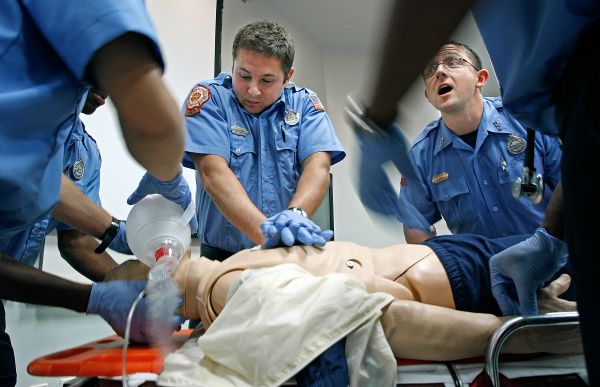We all know the basic parts of our body, but we are not yet familiar to the internal parts of our system. There is no easy way to study the mind-blowing anatomy and physiology subject. This is a subject that will flood your brain with significant information. It also requires familiarization of every detail of the important parts of the body.There are some great ideas and techniques that can make your anatomy & physiology learning process easier.
There are some great ideas and techniques that can make your anatomy & physiology learning process easier. The first and basic way to familiarize the anatomy and physiology is to divide the concepts. Read and understand each vital system separately:
- Nervous system
- Cardiovascular system
- Respiratory system
- Endocrine System
- Urinary system
- Reproductive system
- Musculoskeletal system
- Integumentary system
The second way to understand the anatomy & physiology is by using simple images. According to study, Images frequently have all useful information when it comes to anatomy. If you find it hard to recall all of the body parts, review the images instead of reading it. These pictures makes the subject much more understandable.
Making of own or medical approved mnemonics, acronyms and abbreviation can be helpful too. It will allow you to memorize the concepts easily. Sample Mnemonics, acronyms:
“Please Don’t Call The Angry Groom So Leave”: or PDCTAGSL:
- Pampiniform plexus
- Ductus deferens
- Cremasteric artery
- Testicular artery
- Artery of the ductus deferens
- Genital branch of the genitofemoral nerve
- Sympathetic nerve fibers
- Lymphatic vessels



